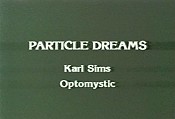Adolph Zukor founded the original Famous Players Film Company in May of 1912 with the stated goal of making feature-length motion pictures. Almost at the same time the Lasky Feature Show Company was begun by Jesse Lasky (with money borrowed from his brother-in-law, Samuel Goldfish [Goldwyn]). By 1914, both Lasky Pictures and Famous Players distributed their films through W. W. Hodkinson's Paramount Pictures Corporation. On September 28, 1916, the companies were merged as Paramount-Famous-Lasky Corporation, and then into Famous Players-Lasky Corporation.
Paramounts first animation productions were from
Bray Productions, whose product the studio started distributing in 1916. Bray moved distribution to Goldwyn Pictures in 1919. Paramount began producing its own in-house animated material under the name
Paramount Magazine. Various series were produced on a weekly basis and combined with newsreeels, to play before Paramount features.
Animation was scare at Paramount for a few years, until the Fleischer brothers sought out Paramount to distribute their shorts. The partnership proved fruitful for both parties. Fleischer Studios stumbled a bit with the introduction of the Hayes Code, which effectively neutered their most popular character,
Betty Boop. Fleischer's ambicious plan to match up to Disney in the production of feature animated films brought the brother's studio down when the returns at the box office did not come up to expectations. Hats in hand, the Fleischers went to their distributor for financial help. Paramount did, but seeing the strained relations between the brothers, Paramount made their loans conditional on both Max and Dave Fleischer signing undated letters of resignation.
Their second feature in 1941 did even worse at the box office, and in the strain, the brothers stopped even speaking to each other. Paramount exercised their options, eventually firing the brothers and remaking the studio as
Famous Studios. Paramount's new animation division kept many of the people from the Fleischer Studios. Fleischer business manager Sam Buchwald became the new studios' executive producer, storyboard artist Isadore Sparber and head animator Seymour Kneitel shared responsibilities as supervising producers and credited directors. Animators Myron Waldman, David Tendlar, Tom Johnson, Nicholas Tafuri, and Al Eugster made the move to Famous Studios in New York (Fleischer Studios was based in Miami).
Many of the more popular series survived the transition, too, such as
Popeye the Sailor and
Superman. By 1943, the expensive Superman series was dropped in favor of
Little Lulu, based on a Saturday Evening Post comic strip character. Popeye made the transition to color the same year. Older series like
Screen Songs were brought back, also in color. The
Noveltoons series became a proving ground for new series, and spun off many popular series. Unlike Fleischer, Famous Studios never produced any feature-length animated films.
With the growth of the television market and its insatiable need for programming, Paramount decided to sell most of their pre-October 1950 shorts and cartoons to U.M. & M. T.V. Corp. in 1955. Only the Popeye and Superman shorts were held back. By October 1956, Paramount assumed full control of Famous Studios, integrating it into the Paramount Pictures Corporation as a division named Paramount Cartoon Studios. Paramount sold their remaining cartoon film library and the rights to their established characters to Harvey Comics in 1959.
The sixties were a tumultuous time for Paramount Cartoon Studios. Partnering with Jack Kinney Productions and Rembrandt Films, Paramount produced
King Features Syndicate'
Popeye and
King Features Trilogy cartoons for television (twelve from this series were also released theatrically). In 1964, Howard Post took over the studio. He began a few new series such as
Swifty and Shorty and
Honey Halfwitch that barely kept the studio's head above water. Post was replaced in quick succession by Shamus Culhane, and finally by Ralph Bakshi in 1967. Bakshi's avante garde tendencies did not suit Paramount's corporate structure, and Paramount Cartoon Studios was closed by the end of the year.
In 2011, Paramount saw great success with their distribution of the Academy Award-winning film
Rango. With their distribution deal with
DreamWorks Animation, Paramount announced the formation of a new division, devoted to the creation of animated productions. This would be the first full-time animation division at Paramount since
Paramount Cartoon Studios closed in 1968. David Stainton, former president of Walt Disney Feature Animation, was named the first president of Paramount Animation, but he resigned after only four months on the job. Stainton was replaced by Adam Goodman, who began his tenure by focusing on adapting movie versions of popular
Nickelodeon TV programming.

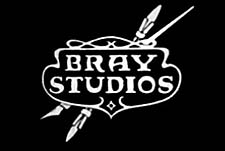

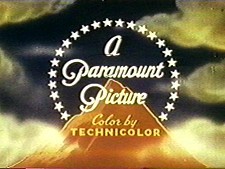

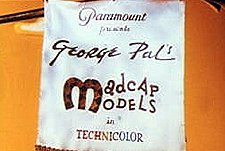

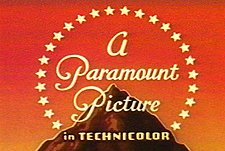
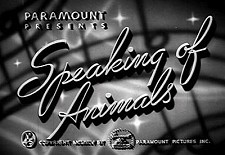
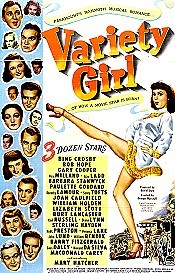
 ...
...
